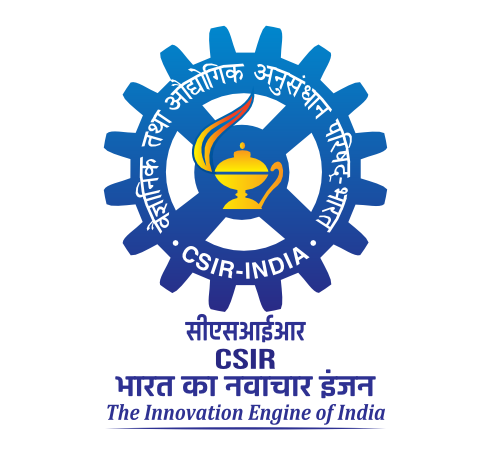Seafood
Suresh, P. V. and Nagendra Prabhu, G. (2012) Seafood. In: Valorization of Food Processing By-Products. CRC Press, pp. 685-736. ISBN 978-143984887-6
|
PDF
20250724173224849.pdf - Published Version Restricted to Registered users only Download (11MB) |
Abstract
Seafood is one of the major food products for human consumption and is considered an important part of the diet in many countries. It is estimated that at present approximately 14–16% of the animal protein consumed by humans comes from landed marine fisheries. In addition, as a source of protein, seafood plays the important role of functional components critical to human health. However, a major portion of the seafood meant for human consumption is processed further in one way or the other, either using it as raw material for processed seafood and/or subjecting it to preservation to avoid spoilage due to its highly perishable nature. The industrial processing of seafood generates a huge amount of nonedible portion as by-products, which are wasted or underutilized in many parts of the world. Conventionally, these by-products are processed into low-value products such as fish meals, fish oil, and natural fertilizers or discarded. In general, these by-products are rich sources of novel and valuable components such as protein, oil and lipid, bioactive peptides, pigments, flavors, enzymes, chitin, collagen and gelatin, various vitamins, minerals, and so on. Improper disposal of these highly perishable by-products from seafood processing factories not only causes severe environmental pollution but also leads to the loss of a huge amount of protein and other bioactive-rich components. In fact, seafood processing by-products remain one of the largest untapped bioresource, with high potential for derivation of biomaterials that can be used in food, feed, pharmaceutical, medicine, and other fine chemical industries. Recovery of valuable components from seafood processing by-products has drawn greater attention in recent years and has become a priority area for seafood industry for the goal of compliance with optimal industrial ecology. Several approaches to recover the valuable components from seafood processing by-products have been attempted employing physical, mechanical, and chemical treatments. It is also well documented that the mechanical, and chemical treatment processes are not only environmentally unsafe but can also damage the products and reduce product recovery, and renders it impossible to produce a large and diversified range of products for different applications (Guerard 2007). © 2013 by Taylor & Francis Group, LLC.
| Item Type: | Book Section |
|---|---|
| Uncontrolled Keywords: | Seafood, marine fisheries |
| Subjects: | 600 Technology > 08 Food technology > 28 Meat, Fish & Poultry > Fish |
| Depositing User: | Somashekar K S |
| Date Deposited: | 24 Sep 2025 06:49 |
| Last Modified: | 24 Sep 2025 06:49 |
| URI: | http://ir.cftri.res.in/id/eprint/19846 |
Actions (login required)
 |
View Item |

